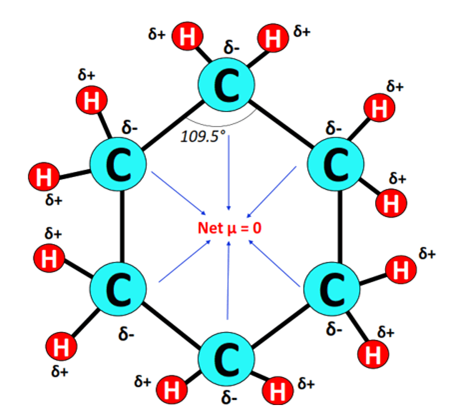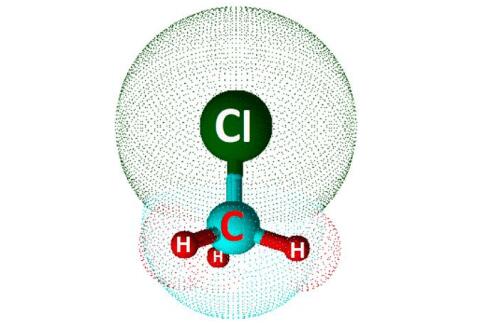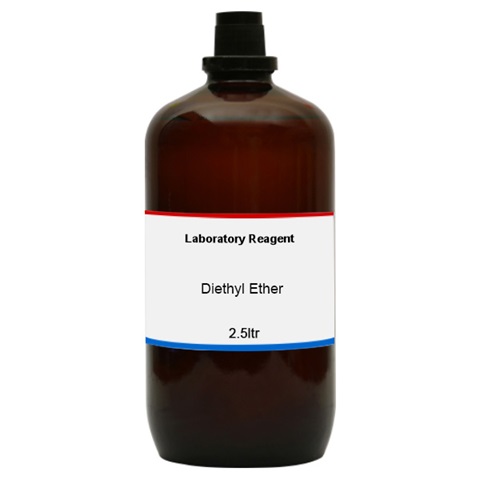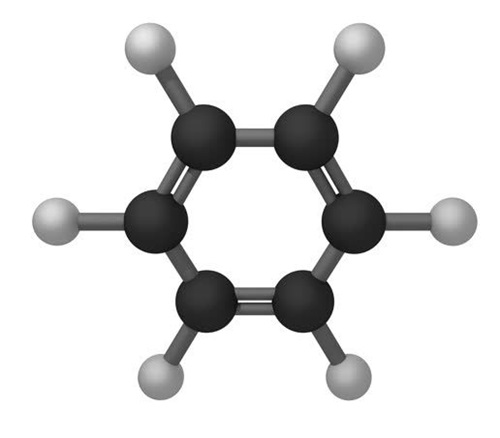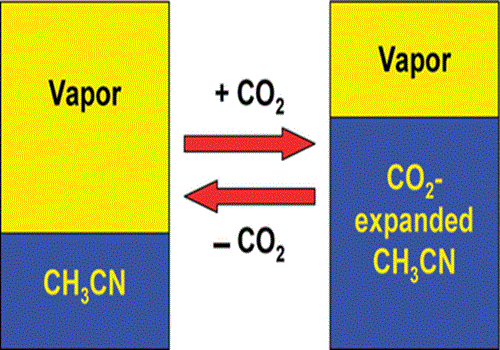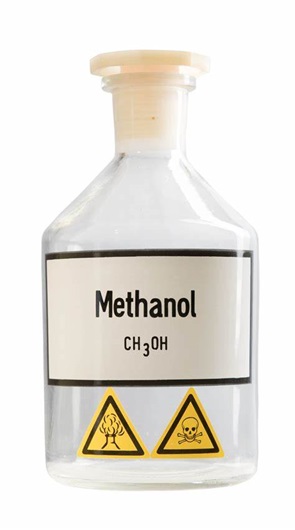The organic raw materials are petrochemicals made of petroleum and natural gas, and the industries of various organic chemical products are produced or fractionated by the raw material gas after coal gasification and the coal tar recovered by dry distillation. In China's organic chemical industry, the first acetylene route from coal-based calcium carbide, coalification to methanol, formaldehyde route and recovery of coal tar in benzene, naphthalene, anthracene and other routes and the use of grain as raw material fermentation distillation to produce alcohol routes. Organic raw materials are widely used and can be divided into three aspects: one is the raw material used to produce polymer chemical products, that is, the monomer for polymerization; the other is used in other organic chemical industries, including raw materials for fine chemical products; Used in solvents, refrigerants, antifreezes, gas adsorbents, etc. Basic organic chemicals are the basis for the development of various organic chemical products and are a major component of modern industrial structures.
Dimethyl Sulfoxide: A Widely Used Polar Aprotic Solvent
Dimethyl Sulfoxide (DMSO) is a polar aprotic molecule that has the peculiar property of having a mildly nucleophilic sulfur and a basic oxygen. It is used as a reagent in a variety of different react
Dec 27,2023 Organic ChemistryHow to Determine the Polarity of Cyclohexane?
Cyclohexane is used extensively as a solvent for lacquers and resins, its polarity can be judged from two aspects: bond polarity and molecular geometry.
Dec 22,2023 Organic ChemistryIs CH3Cl Polar or Nonpolar?
CH3Cl is the chemical formula for the organic compound chloromethane, also known as methyl chloride. It is used as an extractant for oil and resins, a propellant in foam production, etc.
Dec 22,2023 Organic ChemistryIs Formaldehyde(CH2O) polar or nonpolar?
Formaldehyde (CH2O) is a colourless gas,it is the most common and basic aldehyde, composed of two hydrogens, one carbon and one oxygen.
Dec 22,2023 Organic ChemistryIs Diethyl ether Polar?
Diethyl ether is consisting of two ethyl groups-C2H5-bonded to one oxygen atom. The structure of diethyl ether is C2H5-O-C2H5. The carbon-oxygen double bond is strong and the molecule is nonpolar.
Dec 22,2023 Organic ChemistryPolarity of Benzene
Benzene is a liquid hydrocarbon molecule. A benzene ring, which is made up of six carbon atoms bound together in a hexagonal configuration with alternate single and double bonds, is present in benzene
Dec 22,2023 Organic ChemistryEffect of Additives on Acetonitrile Polarity
Acetonitrile is a relatively nontoxic, highly volatile and aprotic polar organic solvent, some additives can affect its polarity, such as CO2 and imidazolium ionic liquids.
Dec 21,2023 Organic ChemistryOverview of ethanol polarity
Ethanol is classified as a primary alcohol, meaning that the carbon that its hydroxyl group attaches to has at least two hydrogen atoms attached to it as well.
Dec 21,2023 Organic ChemistryWhy is methanol a polar molecule?
Methanol, its molecular FormulaCH3OH, is a flammable, colorless, and volatile liquid with a pronounced alcoholic odor.
Dec 21,2023 Organic ChemistryThe toxicity of Perfluorohexanoic acid
Concerns about PFHxA and other PFAS stem from the resistance of these compounds to hydrolysis, photolysis, and biodegradation, which leads to their persistence in the environment.
Dec 18,2023 Organic Chemistry




